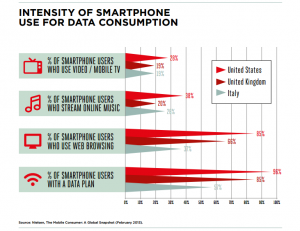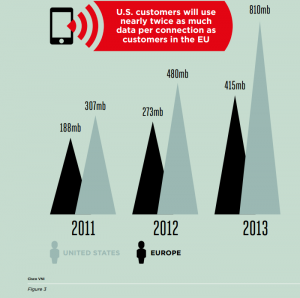Technology is changing the way people do business. With applications that create faster overall processes and improved communication, the key to success is often accomplished through the use of the right technology. Managers must be aware of what these changes are and how technology is facilitating them. There are a number of growing trends that demonstrate how the workforce is shifting towards nontraditional work environments and which technologies are being used to support these environments. Remote employees working in virtual work environments are becoming more commonplace in today’s workforce, whether it is through outsourcing work to other countries or US employees based in different geographic locations than their teams/managers. No matter which type of nontraditional work environment, it is clear that technology is a crucial key to success.
There are a number of different tools that a remote or virtual employee can use. Working in teams with people located in different geographic locations requires extra attention on communication. Managers must make sure that remote employees feel included and equal to their non-remote peers. In order to do so, there are a number of technologies that help bridge the geographic gap. Video conferencing allows individuals who are in different physical locations to interact as if they were all in the same place. Having a round-table meeting over video conference allows individuals to express themselves through gestures and expressions. It also creates a sense of familiarity amongst employees since it is a social environment. Another tool is web conferencing, which allows people on different computers to simultaneously view one person’s screen. This allows individuals to host a meeting where they can present to a large group and not have to send out loose documents. Another online tool that allows people in different locations to communicate is Instant Messenger. AIM (AOL Instant Messenger), Gchat (Google Chat) and Facebook Chat all allow you to communicate in real time via text with many other individuals simultaneously.
While these technologies have many benefits, a word to the wise is to be aware of everything that comes along with the use of technology in the workforce. On the positive side, technologies like video conferencing and web conferencing allow many different people to get together in one virtual location. Being able to type at the rate of a normal conversation (through an instant messenger program like AIM) also allows people from far distances to communicate. However, both of these positive benefits have the potential to be negative as well. Video and web conferencing can sometimes be difficult to set up and if the Internet is down you often lose access to many of those tools. Typing a conversation can also lead to things taken out of context because you lose tone and expression. Overall, technology can be used successfully as long as individuals are mindful of the potential roadblocks.
Have you seen nontraditional roles emerging in your work environment? What technologies does your company use (or have you personally used) to help you stay connected to your peers?







